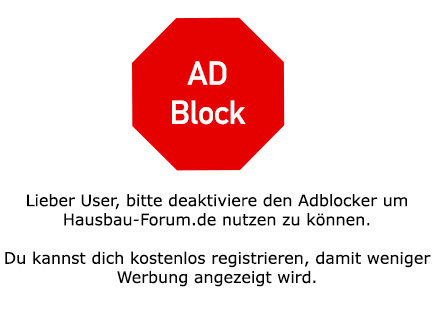rastlos
2020-05-03 18:01:13
- #1
Some time ago, I received a cement flow screed, which is now dry and ready for covering. The surface is sufficiently smooth and it does not cup at all.
Back then, the screed layer told me that I did not necessarily have to sand it. Sanding would only be necessary if time was tight and it would dry better as a result.
Out of curiosity, I painted some tile adhesive, as well as primer for the shower waterproofing, and also the paintable sealing paint on the floor without primer.
The tile adhesive sticks perfectly, but the shower waterproofing (Ardex S1-K) can also be peeled off without any problems like a foil with the primer offered by the manufacturer (Ardex P51).
I cannot detect any cement slurry. Even when I scratch the screed, no slurry layer is visible.
Does a cement flow screed now have to be sanded?
Back then, the screed layer told me that I did not necessarily have to sand it. Sanding would only be necessary if time was tight and it would dry better as a result.
Out of curiosity, I painted some tile adhesive, as well as primer for the shower waterproofing, and also the paintable sealing paint on the floor without primer.
The tile adhesive sticks perfectly, but the shower waterproofing (Ardex S1-K) can also be peeled off without any problems like a foil with the primer offered by the manufacturer (Ardex P51).
I cannot detect any cement slurry. Even when I scratch the screed, no slurry layer is visible.
Does a cement flow screed now have to be sanded?
